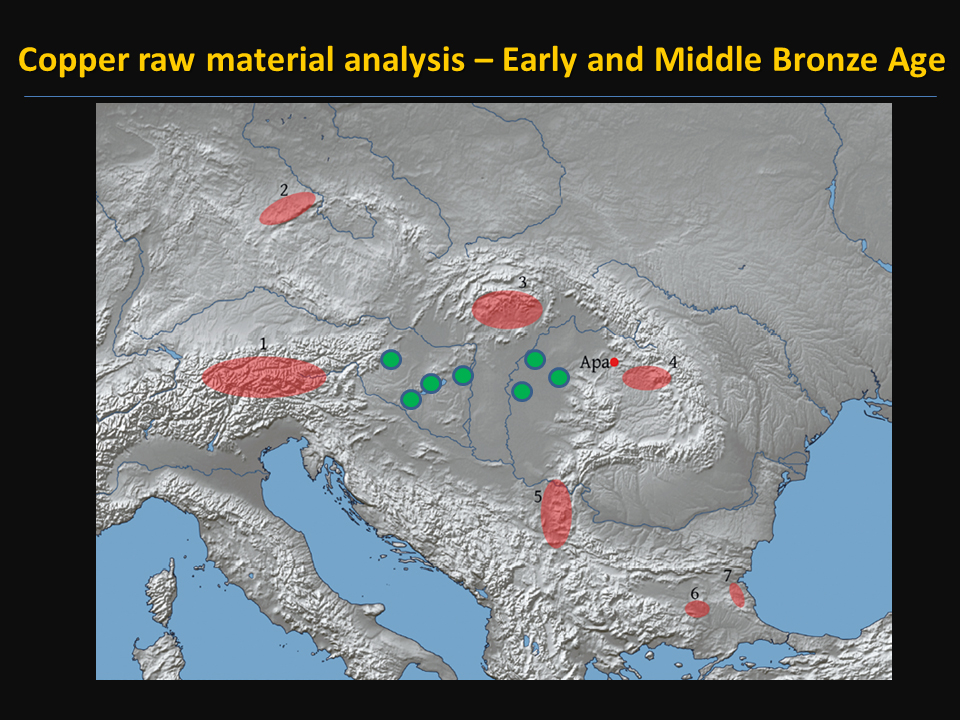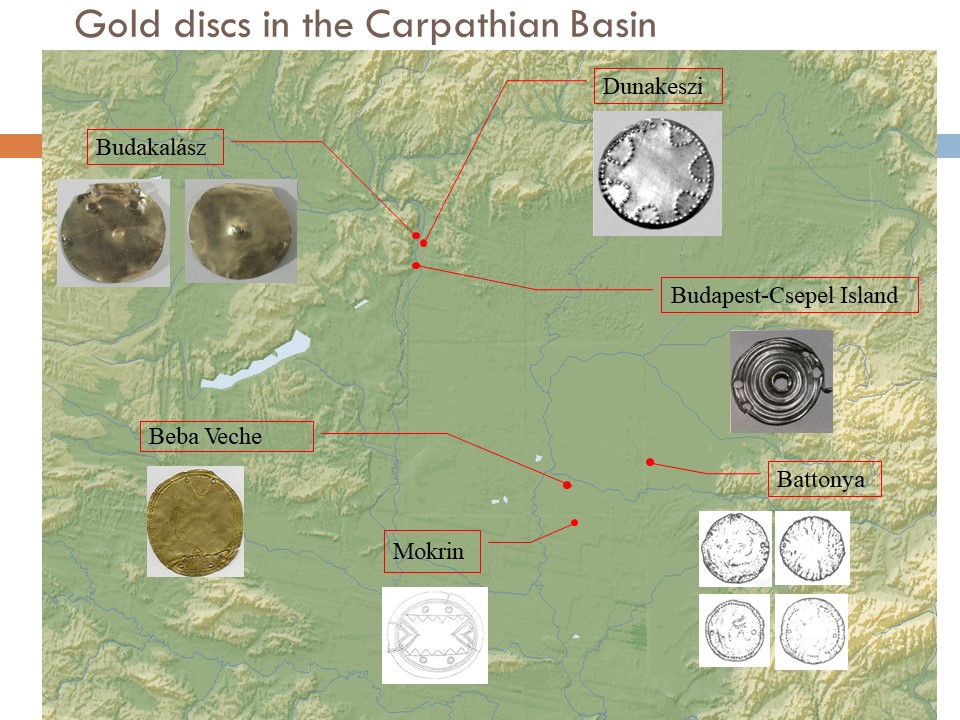Nemzetközi konferencia a bronzkori kereskedelemről Zsilvásárhelyen
Local consumption and assimilation of foreign goods in the European Bronze Age címmel rendezett nemzetközi konferenciát a romániai Zsilvásárhelyen (Târgu Jiu) a bukaresti Vasile Pârvan Régészeti Intézet, a Gorj megyei Alexandru Ştefulescu Múzeum (Târgu Jiu), a Römisch-Germanische Komission (Frankfurt), és a Heidelbergi Egyetem Ős- és Koratörténeti és Közel-Keleti Régészeti Tanszéke 2017. október 4-7. között. A szervezők: Bianka Nessel, Heidelberg; Claes Uhnér, Frankfurt; Radu Băjenaru, Bukarest; Dumitru Hortopan, Târgu Jiu.
Az elhangzott 15 előadáson különböző termékek és nyersanyagok (bronzkardok, textilek, borostyán, só és arany) kereskedelméről, a bronzkori aranybányászatról, a kora bronzkori napszimbólumokat jelképező ékszerekről és a cserekereskedelem lehetséges útvonalairól is szó esett. A bemutatott témák sokszínűsége jól tükrözte a korszak kapcsolatai vizsgálatának különböző szempontjait.
Kutatócsoportunkat egy sokszerzős előadás képviselte, mely a nyugat- és kelet-magyarországi, Kr. e. 2800 és 1500 közé keltezhető balták, tőrök és ékszerek fémelemzésének új eredményeit mutatta be hét magyarországi lelőhely emlékanyaga alapján.

Viktória Kiss, András Czene, Marietta Csányi, János Dani, Tamás Hajdu, Zsolt Kasztovszky, György Káli, Zoltán Kis, Kitti Köhler, Gabriella Kulcsár, István Major, Boglárka Maróti, Mihály Molnár, Judit Regenye, Géza Szabó, Marcella Nagy, Ernst Pernicka
Contributions to trade patterns in Early and Middle Bronze Age Hungary
The presentation focuses on the research questions of Early and Middle Bronze Age metallurgy based on recent raw material and lead isotope studies of Bronze Age copper and bronze finds from Hungary. Until now lead isotope data concerning this region were available only from nine artefacts of the famous Hajdúsámson and Téglás hoards.
Recently 22 metal objects from western and eastern Hungary were analysed for their elemental composition and lead isotope ratios, in cooperation with the Momentum Mobility Research Group of the Hungarian Academy of Sciences and the Curt-Engelhorn-Zentrum Archäometrie gGmbH, Mannheim. The results reveal an insight into the raw material supply and management of the Early and Middle Bronze Age communities living in the central area of the Carpathian Basin.
Szeverényi Vajk az elmúlt időszakban megvédett PhD disszertációjában elemzett ékszertípusok alapján a kora bronzkori elitnek a Brit-szigetektől a mai Szíria térségéig kimutatható, hasonló ékszerviseleti szokásairól tartott előadást.

Vajk Szeverényi
Ornaments, interregional interaction and identity in the second half of the third millennium BC in the Carpathian Basin
Interregional interaction was of fundamental importance for Early Bronze Age communities in the Carpathian Basin, since it provided new ideas, materials and objects for local consumption. Among the innovations that reached the area around the middle and in the second half of the third millennium BC – mainly from the southeast (Balkans, Eastern Mediterranean) – certain types of jewellery and ornaments play an especially significant role. In this paper, I will review important connections indicated by composite headgears, ingot torques, “Cypriot” pins, bone tubes and spacer plates. These show that the Eastern Mediterranean had an important impact on Central Europe with respect to new dressing codes, the use of wool textiles, composite necklaces and jewellery, and possibly the use of special cosmetics as well.
A konferencia programja és az előadások absztraktjai letölthetők innen.








